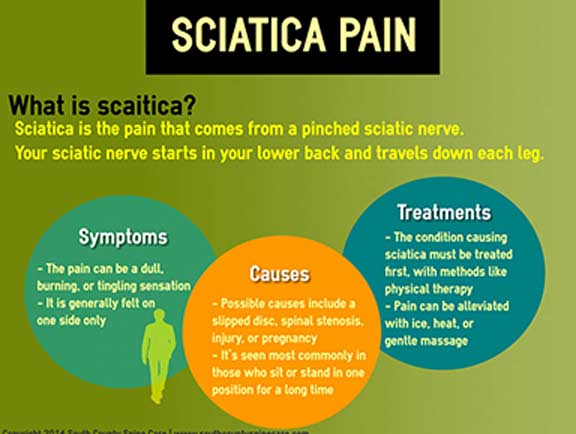Cold Laser Treatment: The Future Of Pain Monitoring And Recovery
Cold Laser Treatment: The Future Of Pain Monitoring And Recovery
Blog Article
Web Content Writer-Thyssen Wang
As you ponder the developments in pain management and rehabilitation, you may find yourself interested by the encouraging capacity of cold laser therapy. Visualize a therapy method that can minimize discomfort, lower swelling, and enhance tissue repair work without invasive treatments or medications. The question sticks around: exactly how specifically does this innovative treatment harness the power of light to attend to a vast variety of conditions? Rest assured, the future of pain administration and recovery may be closer than you believe.
Advantages of Cold Laser Therapy
Experience much faster recuperation times with chilly laser treatment, a non-invasive therapy recognized for its amazing advantages in pain relief and healing. Cold laser treatment works by boosting the body's natural healing processes at a cellular degree. The power from the laser passes through the skin, targeting swollen or hurt locations to lower pain and swelling. https://www.dvm360.com/view/making-the-case-for-laser-therapy-in-veterinary-rehabilitation and regeneration, accelerating the body's healing capacities.
One considerable benefit of cold laser therapy is its capability to supply fast pain relief. The laser helps release endorphins, the body's natural medicines, which can relieve discomfort without the need for medications. Furthermore, laser treatment for weight loss near me to the damaged area, promoting faster healing and decreasing recovery time.
In addition, chilly laser therapy is understood for its non-invasive nature, suggesting it doesn't require any surgical lacerations or medications that may create adverse effects. This makes it a risk-free and effective option for individuals seeking all-natural discomfort administration services.
Problems Dealt With With Cold Laser
Discover the varied variety of conditions effectively treated with chilly laser treatment, using its healing possibility for different ailments and injuries. Cold laser therapy has shown appealing lead to treating problems such as joint inflammation, tendonitis, repetitive strain injury, and fibromyalgia. It's likewise commonly used for pain management in problems like neck discomfort, pain in the back, and joint discomfort.
In addition to discomfort alleviation, cold laser therapy is valuable for speeding up the recovery process of sports injuries such as sprains, stress, and muscle mass splits. It's frequently utilized in the rehab of injuries like plantar fasciitis, tennis joint, and potter's wheel cuff injuries.
Moreover, your domain name has actually been effective in reducing inflammation and advertising cells fixing in problems like bursitis, diabetic person neuropathy, and also persistent injuries.
The adaptability of cold laser therapy makes it a beneficial treatment choice for a vast array of musculoskeletal and inflammatory conditions, supplying a non-invasive and drug-free strategy to discomfort monitoring and rehab.
Just How Cold Laser Therapy Works
Making use of low-level laser light to promote mobile function and advertise cells recovery, chilly laser treatment works by targeting certain locations of the body to alleviate discomfort and help in recovery.
When the cool laser is applied to the skin, the light energy passes through the underlying tissues and engages with the cells. This interaction sets off a series of organic actions at the mobile level, consisting of boosted production of adenosine triphosphate (ATP), the power resource for cells.
The increased ATP manufacturing after that enhances mobile metabolism, causing accelerated tissue fixing and lowered inflammation.
Additionally, cool laser therapy helps to boost blood flow in the targeted location, advertising the shipment of oxygen and nutrients important for recovery. The light energy also has a pain-relieving impact by blocking discomfort signals transmitted by nerves and releasing endorphins, the body's natural pain relievers.
Conclusion
Finally, cold laser therapy provides a promising future for pain administration and rehabilitation.
With its non-invasive strategy and ability to target a wide range of problems, this cutting-edge treatment option is revolutionizing the method we attend to persistent discomfort and injuries.
By advertising natural recovery procedures and minimizing inflammation, cool laser therapy is confirming to be a beneficial tool in improving patient results and speeding up recuperation times.
